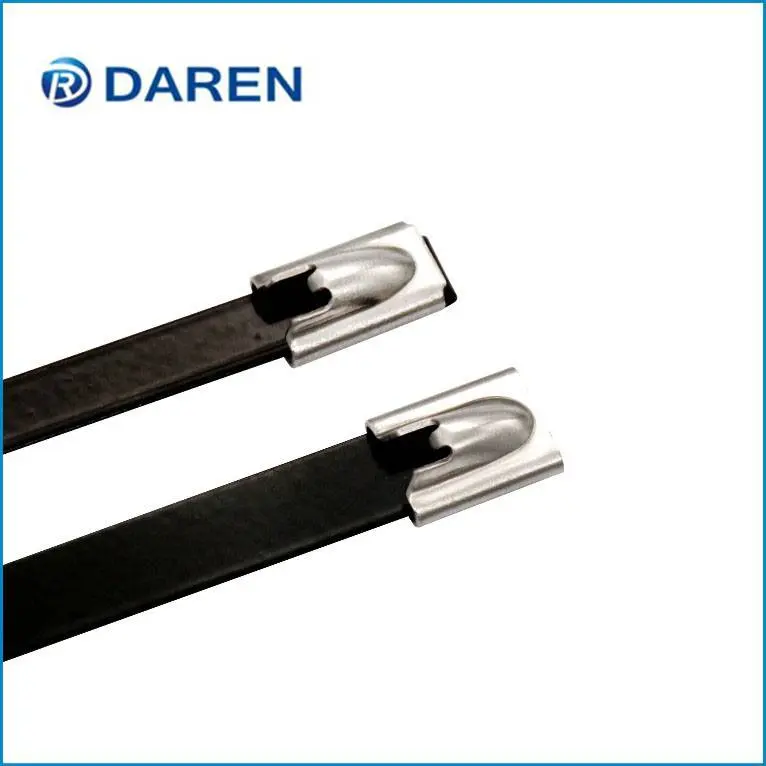Cable ties, also known as cable ties or twist ties, are an important tool for securing and organizing cables, wires, and other items. These versatile fastening solutions are available in a variety of materials, including 201, 304 and 316 stainless steel, providing durability and reliability for a variety of applications. The cable ties are polyester epoxy coated and have an operating temperature range of -40°C to 85°C, making them suitable for use in a variety of environments. In this guide, we’ll explore the materials, applications, and benefits of zip ties, providing valuable insights for professionals and DIY enthusiasts alike.
When selecting cable ties for a specific application, material selection is critical. 201 stainless steel cable ties offer good corrosion resistance and strength, making them ideal for general purpose fastening. For applications requiring higher corrosion resistance, 304 stainless steel ties are recommended. 316 stainless steel cable ties, on the other hand, are designed for use in extreme environments, such as marine or industrial environments, where superior corrosion resistance is critical. Understanding material options allows users to choose the most appropriate locking strap for their specific needs, ensuring long-lasting performance and reliability.
In terms of applications, the cable ties are compatible with a variety of tools, including CT02, HT-338, LQB and C002. This compatibility ensures users can use the appropriate tools to fasten cables and wires efficiently and safely, increasing productivity and convenience. Whether in the automotive, construction, electrical or other industries, locking straps provide versatile solutions for bundling and securing components, aiding organization and efficient operations.
A polyester epoxy coating on the latch further enhances its durability and resistance to environmental factors. The coating protects against corrosion, UV radiation and chemical exposure, making the ties suitable for both indoor and outdoor use. In addition, the wide operating temperature range of -40°C to 85°C ensures that the locking straps maintain their performance in a variety of conditions, providing reliability in a variety of climates and environments.
In summary, locking straps are essential for securing and organizing cables, wires, and other items in a variety of applications. Locking straps feature durable materials, compatibility with a variety of tools, and a protective coating to provide a reliable and versatile fastening solution. By understanding the materials, applications, and benefits of unlocking straps, users can make informed decisions when selecting these essential tools for their specific needs, ensuring an efficient and secure fastening solution.
Post time: Jul-01-2024







